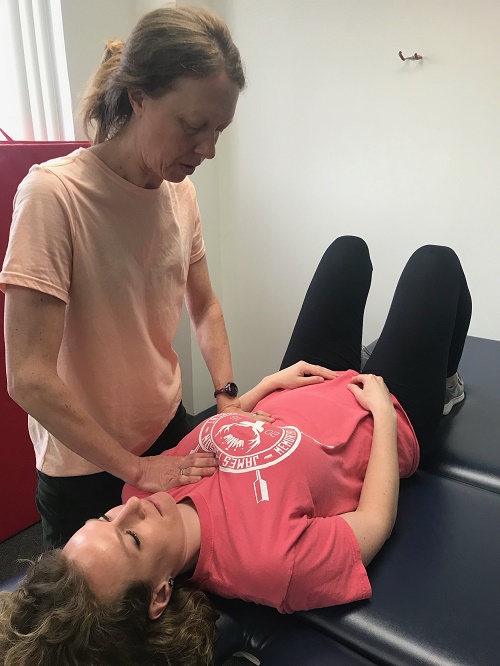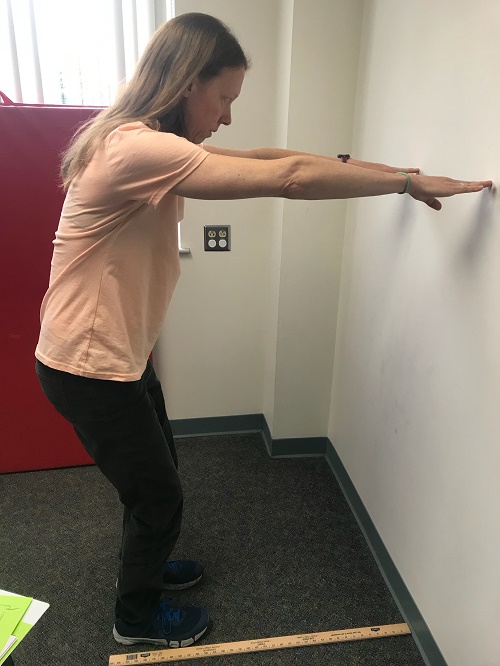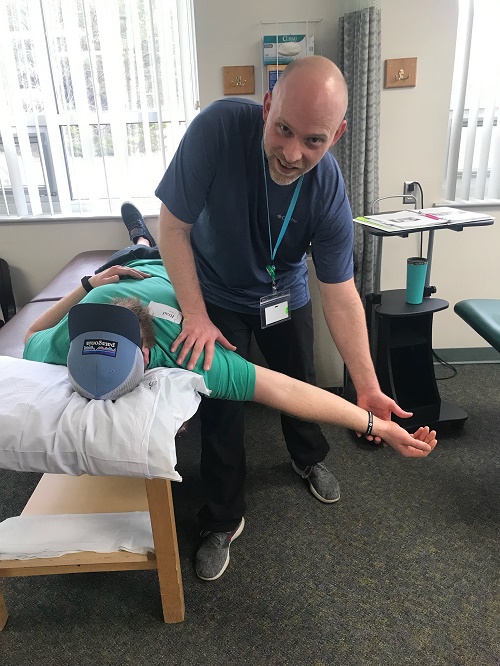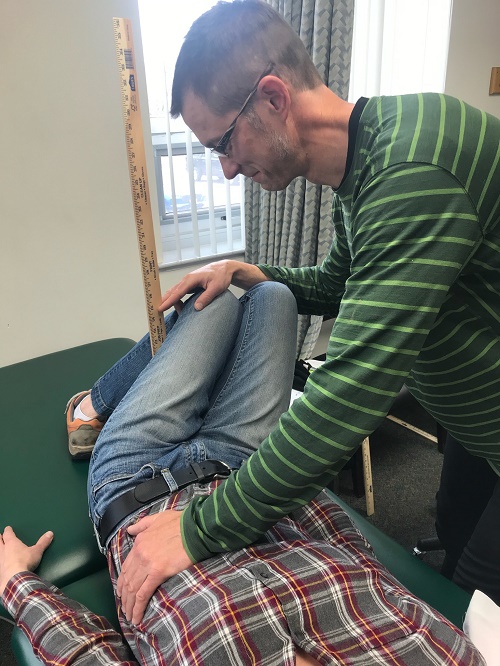It’s not often that I look out the window at the end of April and see snow falling, but here in beautiful Saranac Lake, NY, this is pretty typical! Matt Powers, DPT, and his team at Adirondack Regional Hospital hosted the updated version of Postural Respiration. This was the second PRI course for many, and they were eager to both expand upon and consolidate PRI concepts they learned in Myokinematics last year.

PRI is a broad science, and this course focuses on polyarticular muscular chain function of the thorax and how it contributes to patterned respiration and patterned movements, as evidenced by neck and belly breathing, rib torsions, asymmetrical abdominal oblique activity, and asymmetrical air flow patterns. Patterned activity can be a good thing. After all, it allows us to avoid an on-coming car as we cross the street, creates the beautiful music of a skilled musician, and gives the appearance of effortless movement in a professional athlete. However, the inability for the nervous system to shut off overly-patterned activity becomes a mechanism for chronic back and neck pain, shoulder and hip pathology, shortness of breath, anxiety, etc.


This course has plenty of lab time devoted to assessment and treatment of compromised diaphragm position and polyarticular muscle chain overactivity. Lab time provided many “aha” moments as attendees saw in their partners, and felt in themselves, improvements in air flow patterns and tri-planar motion immediately following non-manual and manual rib cage techniques.

Ann Marenick, Sara Goldfine, and Brendon Olsen were our class demonstrators of several repositioning exercises and a few challenging lower trap, tricep, and serratus non-manual techniques. Ann was able to move her left shoulder and Sara was able to turn her neck, with greater ease and without the tension and resistance they had felt just minutes before. Brad Collins was the recipient of a 2-person manual technique. Christine Hill and I worked together to help Brad bring his rib cage on both sides into a state of more internal rotation to establish ZOAs and chest wall mobility. Upon getting up off the table, Brad smiled and said, “I feel looser all over.”

Special thanks to Matt and Brendan, who came to the rescue following my rental car fiasco. I enjoyed the one-on-one time hearing about your families and your love of life in the Adirondacks. I’ll be teaching next at Northeastern University in Boston on June 8-9. There are a few seats available, so sign up now!


